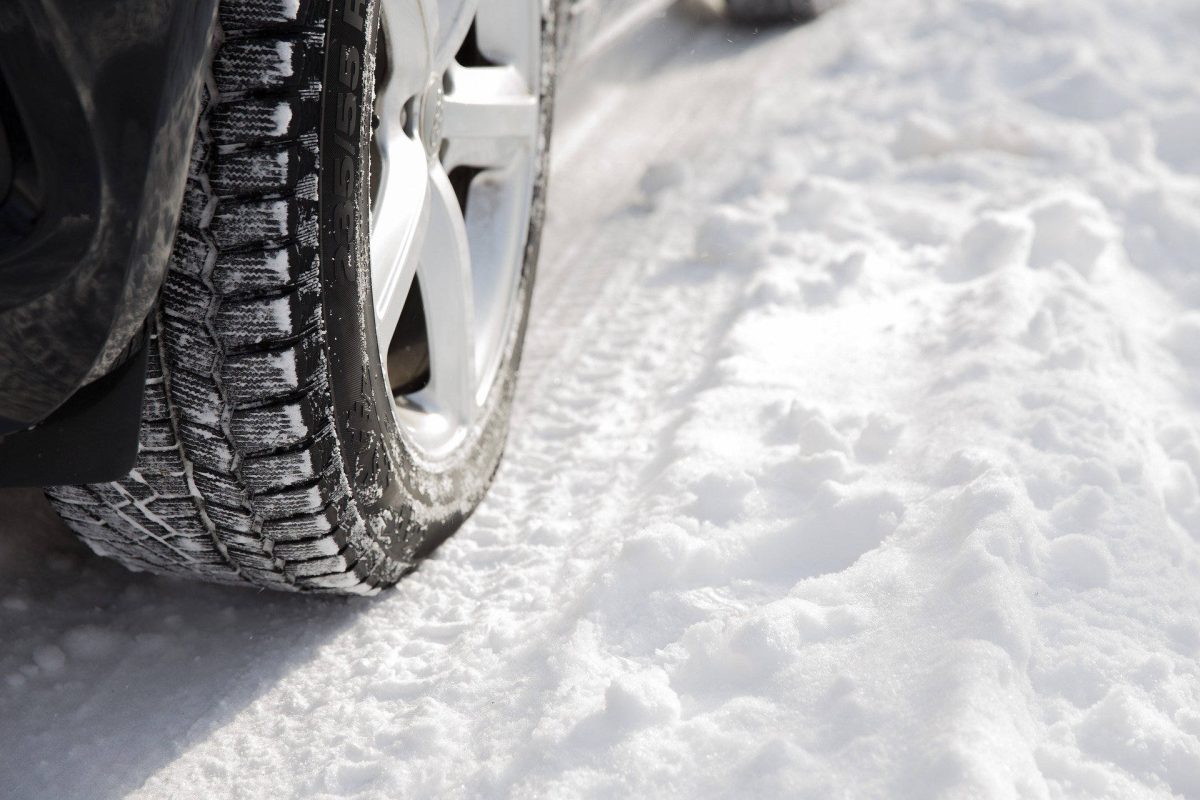
When it comes to an emergency, anyone can be affected. So keep the following supplies in your winter car kit to be prepared for the worst-case scenario (particularly critical in the winter).
Whether you have run out of gas, punctured a tire, or fallen off a slick, snowy road, whatever the situation is, having a car emergency kit can help you get back on the road safely and efficiently.
Apart from the items listed below, it is highly recommended that you have a cell phone on hand. Keep your phone charged every time you get into your car, and keep a spare cell phone charger and rechargeable battery pack in your emergency kit in case you need to use them both.
List of Things to Have in Your Emergency Kit for Your Car
In your trunk, keep the items listed below safe. Idealistically, we would recommend storing these items in a clear, plastic container so that they are easy to see and find. Make your own kit or purchase one that has already been manufactured.
Minimum Supplies
In an emergency, the National Safety Council recommends that you have the following items with you at all times, in addition to a full tank of gas and fresh antifreeze:
- Blankets, hats, socks, and mittens
- Snowbrush
- Ice scraper
- Flashlight
- Jumper cables
- Extra batteries (or a hand-crank flashlight)
- Bottled water
- Windshield cleaner
- First-aid kit (band-aids, gauze pads, antiseptic wipes, adhesive tape, medical wrap, antiseptic cream).
- A survival knife like a Swiss Army knife or a leatherman multi-tool)
- Reflective warning triangles or road flares or
- Extra Supplies for Extremely Cold Weather
If you are preparing for snowy or icy conditions consider the following items for your emergency kit.
- A sandbag to use as a traction aid or a bag of non-clumping cat litter
- Folding or collapsible snow shovel
- Hand warmers
- Tire chains and tow strap
- Blanket
- Winter boots & sleeping bags for longer trips
Keep in mind that salt should be used to de-ice driveways and roads. On the other hand, excess salinity can harm vegetation and pollute groundwater supplies). So, keeping this in mind, only salt your driveway when necessary, and avoid using more than is entirely essential.
Other Essentials
- A small fire extinguisher (5-pound type B and C) in case of a car fire is recommended.
- Use a tire gauge to ensure all four tires and the spare tire are properly inflated before driving.
- Tire changing tools include a jack and a lug wrench.
- Cleaning rags and hand cleaner (such as baby wipes)
- Duct tape is a great optional thing to have on hand.
- Tire sealant in the form of foam for minor tire punctures
- A poncho for protection against the rain.
- High-energy nonperishable foods like unsalted and canned nuts, granola bars, raisins and dried fruit, peanut butter, and hard candy
- A radio that is powered by batteries or by hand crank
- A cigarette lighter and a box of matches (in a waterproof container)
- Scissors and a length of string or cord
- A compass and spare change
- Paper maps
Prepare Yourself for Winter Driving.
Before you leave, consider the following:
- If you must travel, make sure to communicate your travel plans and route to someone before departing.
- If you get stranded in bad winter weather, stay in your car. Pushing your car out of the snow is not a good idea. The exhaust pipe should not be blocked by snow, mud, or anything else.
- After checking the weather, it is critical to have your vehicle’s systems inspected by a mechanic before heading out on the open highway.
- Make sure your tires are appropriately inflated.
- Keep your gas tank filled to a level higher than halfway to avoid a gas line freeze.
- Avoid driving if you have the flu because it can affect your reaction time by nearly six times the amount that moderate alcohol consumption can cause.
Tips While Driving in Winter
- Be cautious of black ice. Even if the roads appear clear, they may still be slick.
- Stuck in a rut with no traction and no sand or cat litter to help you out? Alternatively, you can remove your car’s floor mats and place them next to the tires, then slowly inch the car onto and across the mats in an emergency.
- Check to see that the windows are defrosted and clear. Remember to remove any snow or ice that has accumulated on the roof of your vehicle! When driving, rub the outside of your windshield with a small cloth bag of iodized salt that has been moistened to prevent ice and snow from sticking to the glass.
- To restore proper windshield wiper blade action, smooth the rubber blades with fine sandpaper to remove any grit or pits that have developed.
- Use shaving cream to protect your mirrors and the inside of your windshields from fogging. With paper towels, spray the area and wipe it down.
- While driving use the 8-10 second rule instead of the 2 second rule for the distance between you and the car in your front.
- Try to avoid using your parking brake in cold, rainy, or snowy weather if at all possible.
- Don’t use your cruise control during rain, snow or icy weather.
- Keep your eyes on the road and steer in the direction you want to go. Slow down your acceleration and deceleration.
- Understand whether your vehicle has antilock brakes, which will “pump” the brakes for you if your vehicle goes into a skid.
- If at all possible, avoid stopping when climbing a hill.
- Use a brightly colored cloth tied to the antenna or a rolled-up window to indicate that you are in distress.

